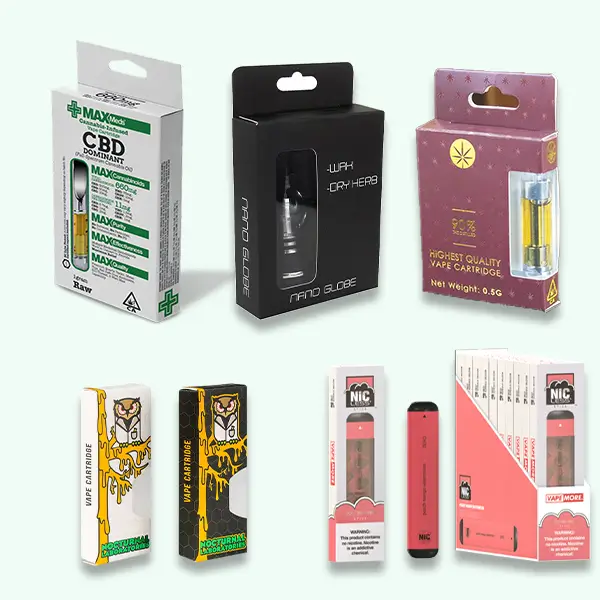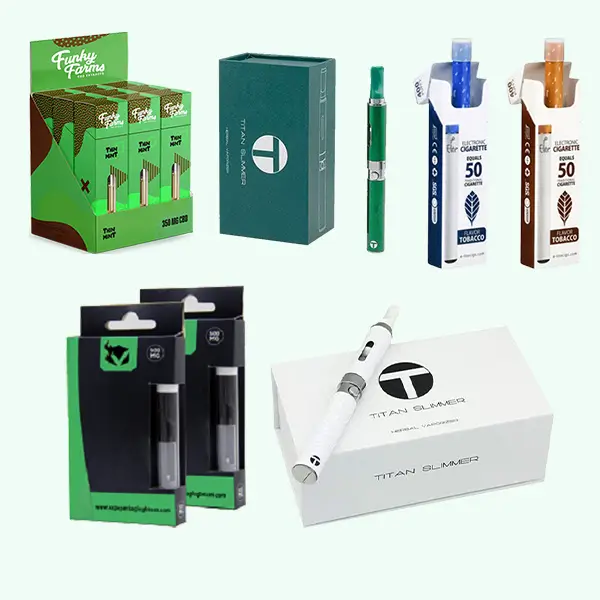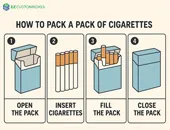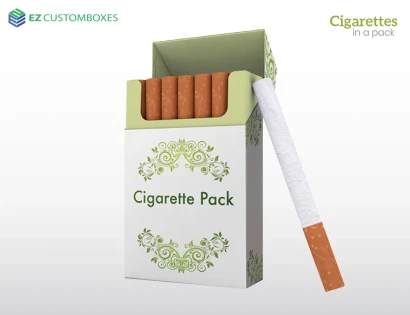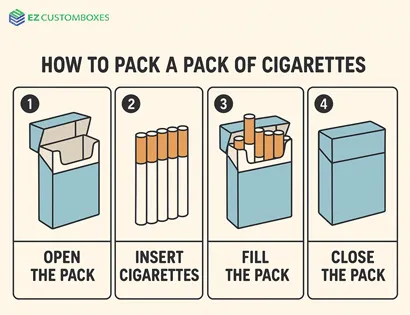Understanding the number of cigarettes contained in a carton is essential for various reasons, whether you're a smoker, a retailer, or simply curious. Cartons are a common way to purchase cigarettes in bulk, offering convenience and often a cost-saving advantage over buying individual packs. In this article, we'll explore how many cigarettes are in a carton, the structure of cigarette packaging, and other related information.
A carton of cigarettes is a bulk package that contains multiple packs of cigarettes. It's designed for those who prefer to buy in larger quantities, such as smokers who want to stock up or retailers who need inventory for their stores. Cartons are typically more cost-effective per cigarette compared to buying single packs.
Structure and Design of a Cigarette Carton
The design of a cigarette carton is not just functional but also strategic. Cartons are made from sturdy cardboard to protect the cigarettes during transportation and storage. The packaging often features the brand's logo and health warnings, balancing marketing with regulatory compliance. Moreover, cartons are designed to stack efficiently, making them easy to store and transport.
Historical Evolution of Cartons
Cigarette cartons have evolved significantly over the years. Initially, cigarettes were sold in loose paper bundles, but as manufacturing processes improved, the carton became a standard packaging format. This evolution was driven by consumer demand for convenience and brand differentiation. Over the decades, designs have adapted to include more vivid branding and mandatory health warnings.
Cartons as a Marketing Tool
For tobacco companies, the carton serves as a crucial marketing tool. The visual appeal of a carton can influence consumer choice, with brands investing in eye-catching designs and special editions to attract attention. Limited edition cartons or collaborations with popular artists or events can create a sense of urgency and exclusivity, boosting sales.
How Many Packs of Cigarettes Are in a Carton?

A standard carton of cigarettes usually contains 10 packs. Each pack typically includes 20 cigarettes, but this can vary slightly depending on the brand and country-specific regulations. Therefore, a standard carton contains 200 cigarettes. This standardization makes it easier for consumers and retailers to understand what they're purchasing.
Variations by Region
In some regions, the number of packs in a carton may differ due to local regulations or consumer preferences. For example, some countries might require packs to contain 25 cigarettes instead of 20, impacting the total count in a carton. It's important for retailers and consumers to be aware of these regional differences to avoid confusion.
Impact of Brand and Packaging Innovations
Brands sometimes introduce variations in pack sizes as part of marketing strategies or to comply with regulatory changes. Special edition packs, for example, might contain a different number of cigarettes to align with promotional themes or campaigns. These innovations can influence purchasing decisions, as consumers might opt for a novelty pack over a standard one.
Consumer Perception of Standardization
The standardization of carton sizes offers predictability for consumers, simplifying purchasing decisions. However, some consumers might perceive larger packs as offering better value, influencing their buying habits. Understanding consumer perceptions of value and convenience can guide retailers in their stocking strategies.
Variations in Carton Sizes
| Carton Size (Packs) | Cigarettes per Pack | Cigarettes per Carton |
| 10 | 20 | 200 |
| 8 | 20 | 160 |
| 12 | 20 | 240 |
| 6 | 20 | 120 |
| 10 | 20 | 200 |
While the standard carton size is consistent in many regions, there can be variations based on local laws and brand practices. Some countries might have regulations that allow different quantities per pack, affecting the total number in a carton. It's always best to check the carton label for the exact count, especially when purchasing internationally.
Influences of Regulatory Requirementspack
Regulations play a crucial role in determining carton sizes. Governments may impose packaging laws that dictate minimum or maximum pack sizes to control consumption or ensure consumer safety. These laws can vary widely, reflecting different national priorities regarding public health and tobacco control.
Brand Strategies and Special Editions
Brands often create special edition cartons to appeal to niche markets or commemorate events. These might include different pack sizes or unique designs that stand out on the shelf. Such editions can create a buzz and attract collectors or loyal consumers looking for something novel.
Consumer Preferences and Market Demands
The variation in carton sizes can also reflect changing consumer preferences and market demands. Consumers might favor smaller packs for portability or larger ones for perceived value. Brands must stay attuned to these trends to remain competitive, adjusting packaging strategies as necessary.
Advantages of Buying Cigarettes by the Carton
Purchasing cigarettes by the carton has several benefits:
Cost-Effective
Buying in bulk typically reduces the cost per unit. Smokers who purchase cartons often save money compared to buying individual packs. Retailers also benefit from purchasing cartons as it allows them to stock up efficiently.
Economic Benefits for Consumers
For consumers, the cost savings from purchasing by the carton can be substantial over time. This is particularly true in regions with high tobacco taxes, where the price difference between individual packs and cartons is more pronounced. Bulk purchasing can also cushion against price hikes.
Retailer Benefits and Inventory Management
For retailers, buying cartons means less frequent ordering and potential volume discounts. This can improve inventory management and reduce logistical costs. Keeping a steady supply of popular brands in carton form can also prevent stockouts and enhance customer satisfaction.
Comparative Cost Analysis
When comparing costs, buying cartons often results in a lower price per cigarette. This can be appealing to budget-conscious consumers who smoke regularly. Retailers can use this selling point to encourage bulk purchases, highlighting the long-term savings.
Convenience
Having a carton of cigarettes means fewer trips to the store, providing convenience for both consumers and retailers. For smokers, it ensures they don't run out of cigarettes unexpectedly.
Reduced Shopping Frequency
For many smokers, convenience is a significant factor in purchasing decisions. Buying a carton reduces the need for frequent trips to a store, saving time and effort. This convenience is particularly valued by those with busy lifestyles or limited access to retail outlets.
Stocking Up for Unforeseen Circumstances
By purchasing cartons, smokers can ensure they have an ample supply during times when accessing stores might be difficult, such as during holidays or extreme weather. This foresight can prevent the inconvenience and stress associated with running out of cigarettes unexpectedly.
Retailers' Role in Offering Convenience
Retailers that stock a variety of cartons cater to consumers seeking convenience. By understanding consumer habits and preferences, retailers can tailor their inventory to meet demand, improving customer loyalty and sales.
Consistent Supply
For retailers, stocking cartons ensures that they have a consistent supply of cigarettes for their customers, reducing the risk of running out of popular brands or products.
Maintaining Brand Availability
Ensuring a consistent supply of popular brands is crucial for retailers aiming to retain customers. Stocking cartons allows for better management of inventory levels, minimizing the risk of running out of high-demand products and losing sales.
Consumer Expectation and Satisfaction
Consumers expect their preferred brands to be readily available, and failing to meet this expectation can result in dissatisfaction. By maintaining a stable supply through cartons, retailers can enhance consumer trust and loyalty.
Strategic Inventory Planning
Strategic inventory planning involves forecasting demand and ensuring adequate supply levels. Retailers who leverage data analytics and trends can optimize their stocking strategies, ensuring they meet consumer needs efficiently.
Factors to Consider When Buying a Carton of Cigarettes
When purchasing a carton of cigarettes, there are a few factors to keep in mind:
Brand Preference
Smokers often have a preferred brand, and it's important to ensure that the carton purchased matches this preference. Different brands may have slight variations in taste, strength, and packaging.
Brand Loyalty and Consumer Choice
Brand loyalty plays a significant role in purchasing decisions, with many consumers sticking to a preferred brand due to familiarity and trust. Understanding the nuances of different brands can help consumers make informed choices, ensuring satisfaction with their purchase.
Flavor and Packaging Variations
Brands often offer variations in flavor and packaging to cater to diverse consumer preferences. Smokers should consider these differences when purchasing cartons, as they can impact the overall smoking experience. Retailers can assist by providing detailed product information to aid in decision-making.
Brand Availability and Market Trends
Availability can vary by region, with some brands more prevalent in certain areas. Keeping abreast of market trends and consumer preferences can help retailers stock the right brands, meeting customer demands effectively.
Local Laws and Taxes
Tobacco products are subject to various taxes and regulations that can affect the price and availability of cigarettes. Buyers should be aware of local laws and taxes that might impact their purchase.
Understanding Regional Tax Policies
Tobacco taxes vary widely by region and can significantly impact the price of cigarettes. Consumers should familiarize themselves with local tax policies to understand how they affect the cost of purchasing cartons, potentially influencing their buying decisions.
Compliance with Local Regulations
Local regulations can dictate packaging, labeling, and sales restrictions, affecting how cigarettes are marketed and sold. Retailers must comply with these regulations to avoid legal issues, while consumers should be aware of them to make informed purchases.
Impact of Taxes on Consumer Behavior
High tobacco taxes can deter smoking by increasing prices, but they can also encourage bulk purchasing as a cost-saving measure. Understanding the relationship between taxes and consumer behavior can guide retailers in their pricing and marketing strategies.
Storage
Proper storage of cigarettes is important to maintain their freshness and flavor. Cartons should be kept in a cool, dry place away from direct sunlight and strong odors.
Best Practices for Cigarette Storage
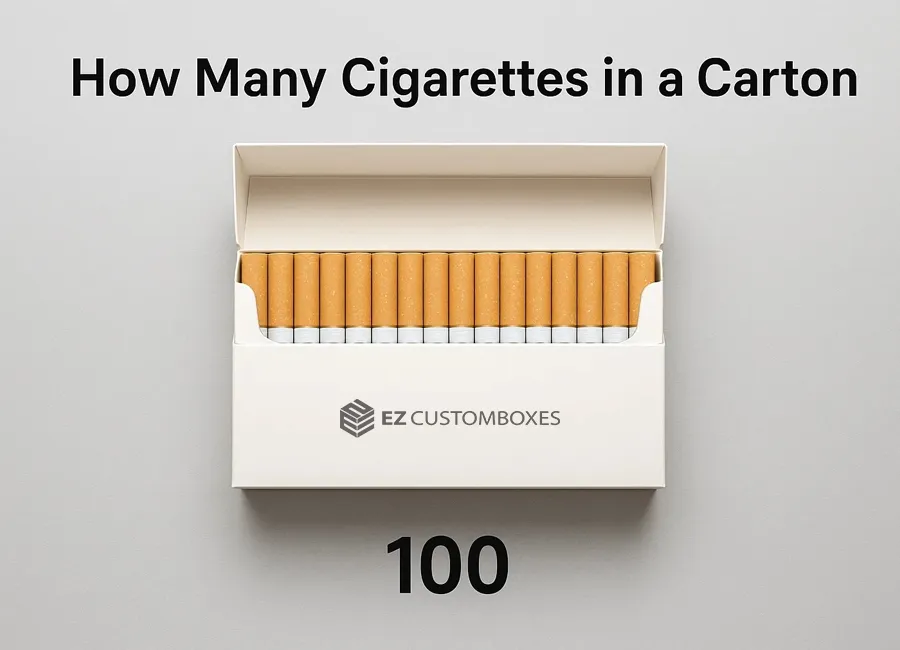
Proper storage involves keeping cigarettes in a controlled environment to preserve their quality. Exposure to heat, moisture, or strong odors can degrade the flavor and freshness of cigarettes, impacting the smoking experience.
Home Storage Solutions
Consumers can implement simple solutions at home to store cigarettes effectively, such as using airtight containers or dedicated storage spaces. These practices can prolong the lifespan of cigarettes, ensuring they remain enjoyable over time.
Retail Storage Considerations
For retailers, maintaining optimal storage conditions is vital to preserving product quality. This includes controlling temperature and humidity levels in storage areas, ensuring cigarettes remain in prime condition for consumers.
Health Considerations
While understanding how many cigarettes are in a carton is useful, it's also important to consider the health implications of smoking. Smoking is linked to numerous health issues, including respiratory problems, heart disease, and cancer. Public health campaigns worldwide aim to reduce smoking rates and promote healthier lifestyles.
Health Risks Associated with Smoking
Smoking poses significant health risks, contributing to various diseases and reducing life expectancy. Understanding these risks can motivate smokers to consider quitting or reducing their consumption, potentially improving their quality of life.
Respiratory and Cardiovascular Effects
The impact of smoking on respiratory and cardiovascular health is well-documented. Smoking damages lung tissue and narrows blood vessels, increasing the risk of chronic diseases such as emphysema and heart attack. Awareness of these effects is crucial for informed decision-making.
The Role of Public Health Campaigns
Public health campaigns play a vital role in educating the public about the dangers of smoking. These initiatives aim to reduce smoking rates through awareness, support, and policy changes, contributing to a healthier society.
Smoking and Its Impact on Quality of Life
Beyond physical health, smoking can affect quality of life, leading to social, financial, and psychological challenges. Understanding the broader implications of smoking can encourage individuals to seek healthier alternatives and support networks.
Smoking Cessation Resources
For those looking to quit smoking, there are numerous resources available, including:
- Nicotine Replacement Therapy (NRT): Products like patches, gum, and lozenges can help manage withdrawal symptoms.
- Support Groups: Organizations like the American Lung Association and Smokefree.gov offer support and resources.
- Counseling and Therapy: Professional support can be beneficial in addressing the psychological aspects of addiction.
Nicotine Replacement Therapy Options
Nicotine replacement therapy (NRT) offers smokers a way to manage withdrawal symptoms by providing a controlled dose of nicotine without the harmful tar and chemicals found in cigarettes. Various forms of NRT, such as patches, gum, and lozenges, can be tailored to individual needs, making it a versatile tool in smoking cessation efforts.
Benefits of Support Groups
Support groups offer a sense of community and understanding for those attempting to quit smoking. Sharing experiences and challenges with others in similar situations can provide motivation and encouragement, increasing the likelihood of successful quitting. These groups often provide valuable resources and coping strategies.
The Importance of Counseling and Therapy
Counseling and therapy can address the psychological aspects of smoking addiction, helping individuals understand and change their habits. Professional guidance can offer personalized strategies for overcoming triggers and developing healthier coping mechanisms, supporting long-term cessation success.
Conclusion
In conclusion, a standard carton of cigarettes contains 10 packs, with each pack typically holding 20 cigarettes, totaling 200 cigarettes per carton. While buying by the carton can be cost-effective and convenient, it's important to be aware of local regulations, taxes, and health considerations. Understanding these aspects can help consumers make informed decisions when purchasing tobacco products.
Making Informed Decisions
Informed decision-making involves weighing the benefits and drawbacks of purchasing cigarettes by the carton. Consumers should consider cost, convenience, and health implications, balancing immediate needs with long-term goals. Awareness of these factors can lead to more responsible consumption and purchasing habits.
Balancing Convenience with Responsibility
While the convenience of buying cartons is undeniable, consumers must also consider the responsibility that comes with smoking. This includes understanding health risks, adhering to regulations, and exploring cessation options. Balancing convenience with responsibility can lead to healthier lifestyle choices.
The Evolving Landscape of Tobacco Consumption
The landscape of tobacco consumption continues to evolve, shaped by regulations, consumer preferences, and health campaigns. Staying informed about these changes can help consumers and retailers navigate the market effectively, adapting to new trends and regulations while prioritizing health and well-being.

Ethan Robert works at EZ Custom Boxes as their digital marketing manager. Having a solid background in SEO, content strategy, and eCommerce growth, he specialises in using creative packaging content and data-driven campaigns to drive online visibility and brand interaction.


